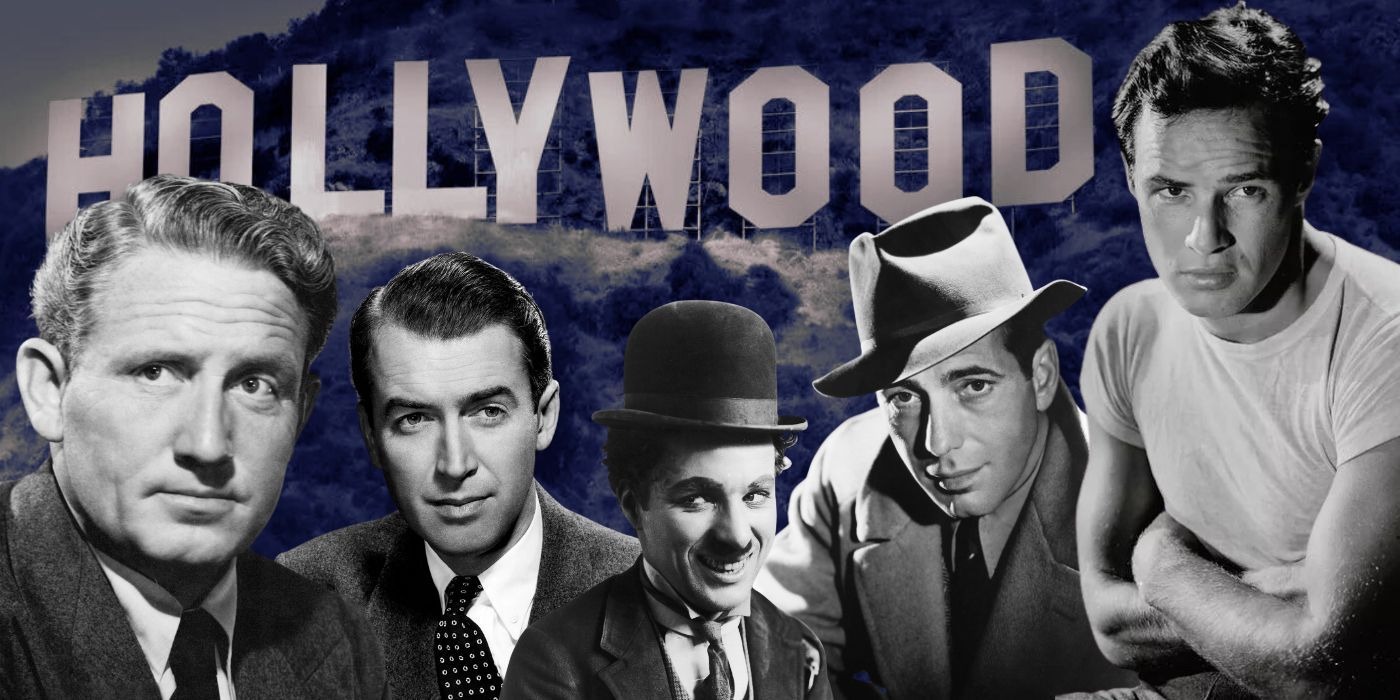Certain styles refuse to fade. Some looks carry through decades without effort. Strong posture, steady voice, and deliberate fashion choices still leave a mark in any room.
Classic Hollywood set the tone. Elegance came through restraint. Expression followed discipline. Every appearance told a story shaped by silence, control, and polish.
The influence remains clear. Suits still sharpen a man’s presence. A slow pause still beats a loud entrance. Small gestures still shape strong impressions.
Nothing here requires a script. Every step depends on consistency, detail, and quiet command. What worked in black-and-white still works in color.
The following guide breaks it down. Each habit brings back a style that earned its place.
1. Wear Tailored Suits with Purpose and Presence
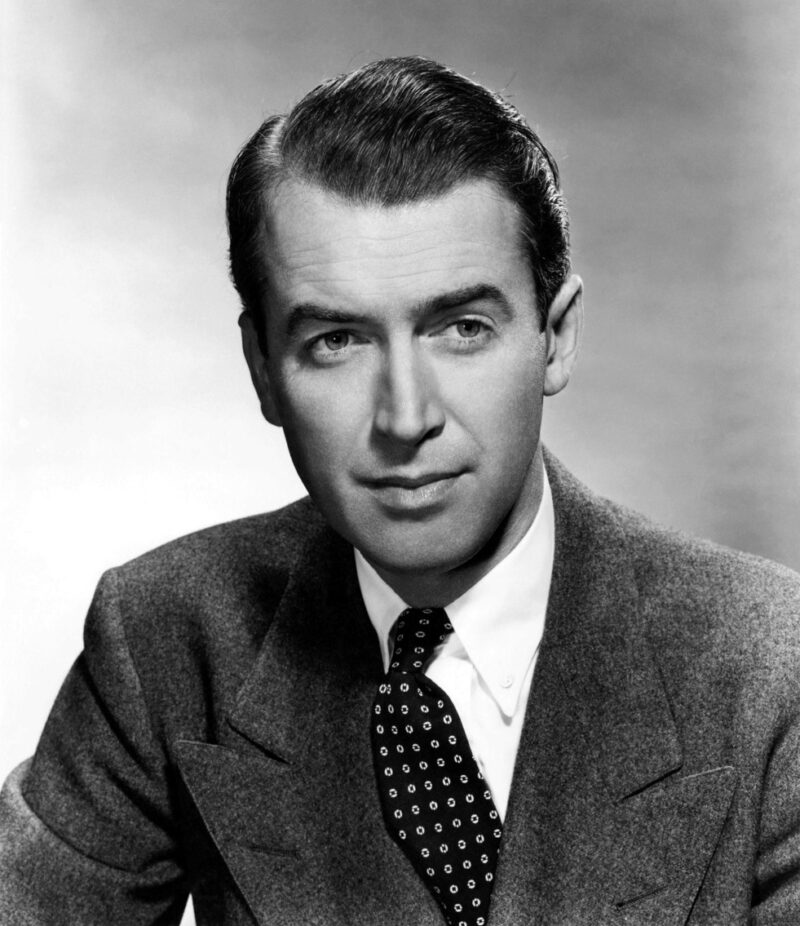
A tailored suit never asks for attention. It earns it through clean lines, firm structure, and perfect balance. Shoulders hold shape. The waist stays defined. The fabric falls without effort. Every part of it adds weight to a man’s presence.
Cary Grant moved like his suit controlled the rhythm. Gregory Peck treated tailoring as a daily ritual, not a luxury. Clark Gable gave his look a slower, richer edge. He often paired his suits with a full bent tobacco pipe, letting the curve rest in his hand as if it belonged there. That small detail added pause, gravity, and calm. The smoke never rushed. It drifted as if every second had room to stretch.
Style depends on control. Fit matters more than pattern. Presence grows from how the suit holds the frame, not how loud it appears. Nothing disrupts. Everything supports the image.
2. Polish Shoes Until They Show Discipline, Not Decoration
Steve McQueen wore boots that hit the pavement with intention. Every crease followed the shape of use, not neglect. Paul Newman stepped into buffed derbies with mirror toes when the scene demanded weight. Their shoes never competed with their presence. They supported it.
Polish was not an afterthought. It was part of the uniform. Brushes handled grit daily. Soft cloths kept the leather alive. The edge of the sole got as much attention as the upper. Laces stayed firm, centered, and tied clean.
Brown leather held depth under daylight. Black gave sharp contrast in darker suits. Suede appeared on days off but never crossed into formal wear. No detail felt casual. Every step carried the tone of the outfit.
3. Wear Shirts That Lock the Frame and Never Break Shape
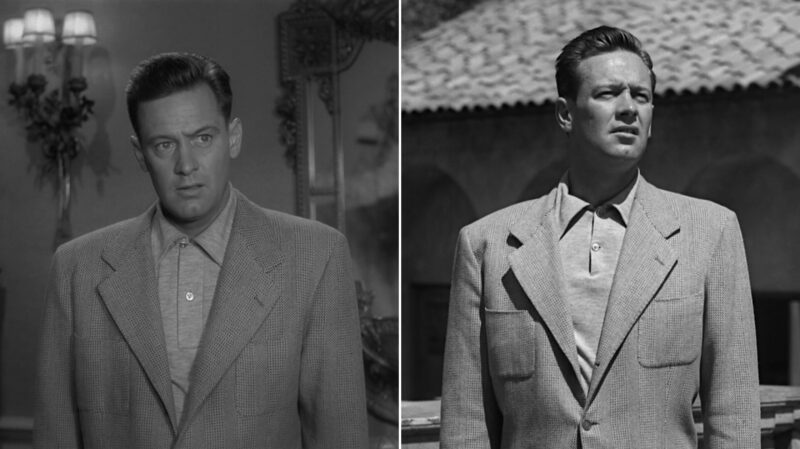
William Holden wore shirts that looked ironed straight into his posture. Alan Ladd treated collar points like architectural elements—sharp, defined, and aligned. Clean shirts signaled control before a word left the mouth. They framed the suit, set the rhythm of the tie, and brought clarity to the silhouette.
White gave presence in every frame. Light blue and soft gray offered quiet options under navy or charcoal. Texture stayed minimal. Poplin and pinpoint oxford worked best. Loose buttons, warped collars, and sagging plackets never made it past the dressing room.
Cuffs showed half an inch past the jacket. The collar hugged the neck without choking it. No wrinkles. No movement out of place. The shirt built the foundation for everything layered above.
4. Use Ties to Guide the Eye, Not Steal the Scene
Gary Cooper understood the pace of a proper tie. He wore deep burgundy or navy silk with the kind of knot that looked deliberate, not decorative. Tyrone Power chose subtle patterns that echoed restraint, not flash. Each tie carried weight through texture and finish, not noise.
The knot sat centered and balanced. A half-Windsor offered structure without overstatement. Silk gave body and fold, holding the dimple where it belonged. Every line in the tie pointed the eye to the face, never below it.
Colors matched season and hour. Earth tones in autumn. Slate and black after dark. No wide novelty prints. No exaggerated width. The tie never tried to carry the look. It finished it.
5. Add Pocket Squares with Intention, Not for Flair
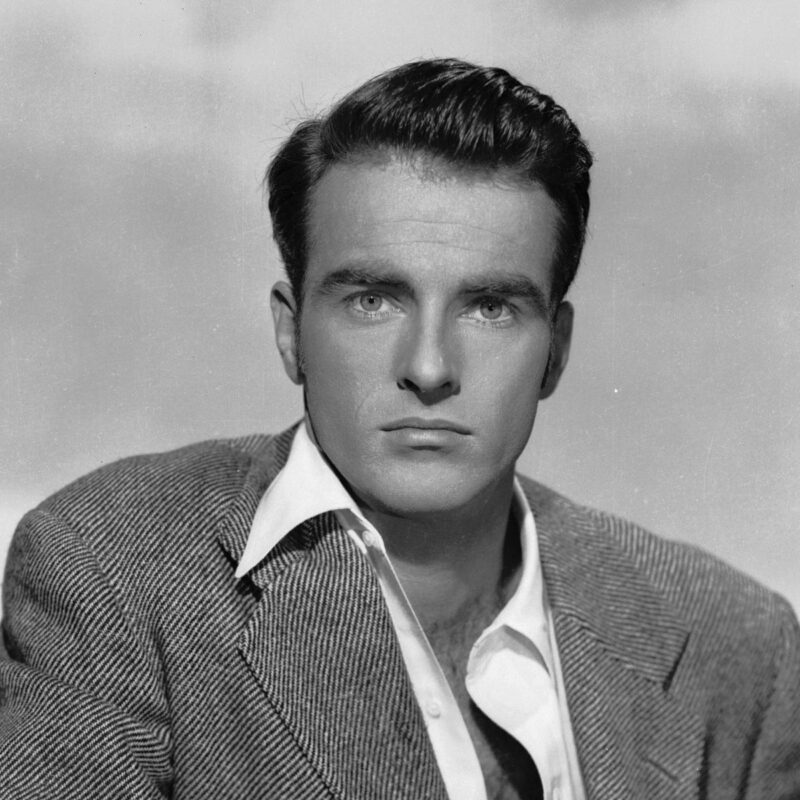
The pocket square never existed for decoration. It served as punctuation. It gave texture, not volume. Montgomery Clift favored plain white linen, folded with clean corners, never puffed or exaggerated. Anthony Quinn used silk in dark tones, pressed flat, almost invisible until noticed.
White always worked with a navy or charcoal suit. Deep green or burgundy could match a patterned tie without shouting. Patterns stayed minimal—dots or a muted stripe at most. Cotton or linen worked best for straight folds. Silk required control to avoid slouch.
Placement mattered. One point, square fold, or flat line above the pocket. No overfolds. No loose flares. The pocket square backed the tone, never shifted it.
6. Keep Hair Controlled, Styled, and Seasonal
Robert Taylor never let a strand move without reason. His side part carved a path straight across a structured brow. Errol Flynn shaped his wave to hold under wind or spotlight. Hair carried structure equal to the suit—never wild, never flat.
Pomade gave hold and shine. Creams kept flexibility. The part fell with precision, not guesswork. Back and to the side worked in formal settings. Softer forward shapes fit casual scenes. Every cut followed the bone structure.
Barbers earned loyalty through routine, not novelty. Hair grew within boundaries. No overgrown sides. No frayed ends. The shape always served the face, not the trend.
7. Shave Daily or Keep Facial Hair Sharp as a Line

Facial hair needed shape or it failed the look. Burt Lancaster carried a clean shave that caught light on the chin. Charles Boyer wore a trimmed mustache that stayed thin, sharp, and deliberate. Both options required discipline, not effort.
Shaving meant hot towels, sharp blades, and aftershave that stayed dry and clean. No stubble belonged on formal days. Beards rarely passed the studio mirror test unless fully groomed. Mustaches followed the line of the upper lip without curl or bulk.
The neckline mattered. Cheeks followed a defined path. Symmetry meant everything. Facial hair either added clarity or took it away.
8. Stand, Sit, and Move with Fixed Control
Posture shaped presence before the wardrobe came into view. Dana Andrews held his back like it belonged to stone. Joel McCrea kept his shoulders level in stillness and stride. Movement felt measured, not stiff. Presence grew out of posture, not speech.
Standing required equal weight on both feet, arms relaxed but not limp. Sitting involved straight lines, knees steady, hands quiet. No slouch, no bounce, no fidget. Walking followed a steady pace, not a rush or a drift.
Every motion left an impression. Stillness could hold more weight than speed. True presence lived in restraint.
9. Speak with Rhythm, Clarity, and Intent
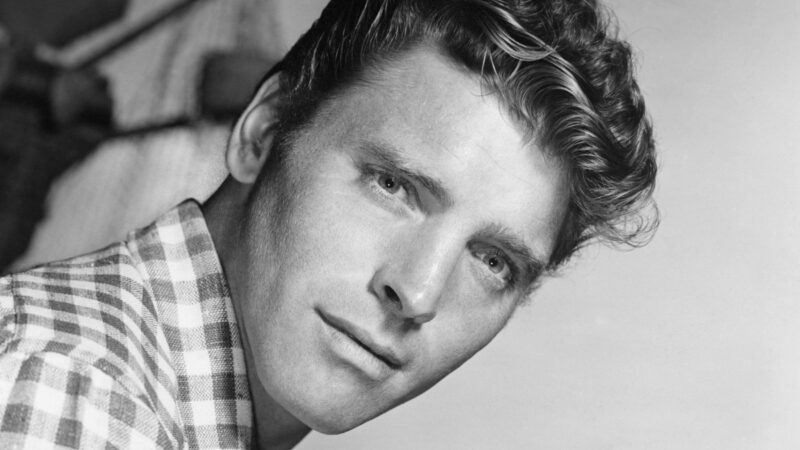
Every word shaped how others responded. Spencer Tracy delivered lines like stone tablets—measured, low, and paced. Laurence Harvey used silence as punctuation, pausing just enough to hold attention without chasing it. The voice carried more than tone. It held control.
Clarity mattered more than volume. Sentences ended with purpose. No drift. No ramble. Each line followed the pace of thought. Conversation never rushed. Interruptions served no function. A slow response always held more weight than a quick one.
The real impact lived in pauses. In how the eyes moved with the words. In how a single sentence left a longer shadow than a paragraph filled with noise.
10. Control Gestures Without Drawing Attention
Gestures revealed training. Robert Mitchum used his hands as accents, not spotlights. His fingers stayed close to the body, with palms down and motions slow. James Mason leaned forward with measured precision, never wasting a movement. Their bodies followed the voice, not the other way around.
No flailing. No pointing. No sudden shifts. Movements worked like edits—clean, sharp, placed with care. Fingers adjusted a cuff, not to show it off, but to fix a detail. Arms moved only when necessary. Stillness spoke louder than action.
Presence lived in control. A man who moved with intent always held the room, even when silent.
11. Apply Classic Scents That Stay Close and Last Long

Cologne finished the image without speaking. David Niven wore spicy woods that matched the depth of his tone. Rock Hudson chose vetiver and leather notes, each scent tailored to hour and setting. The fragrance never filled the room. It lingered just enough.
Application stayed tight—pulse points only. One spray on the neck, one on the wrist. No cloud. No trail. Freshness, not projection. Scent belonged to the skin, not the air.
Classic choices worked best. Eau Sauvage. Grey Flannel. Knize Ten. Scents that came with character, not marketing. The smell stayed clean and steady, like everything else.
12. Let Presence Build Through Still Habits, Not Loud Signals
The most powerful image came without effort. A man in control never needed to perform. Peter Finch walked into frames like he had nowhere else to be. Richard Widmark looked calm even in chaos. Every scene belonged to them because nothing about them reached for it.
True presence came from routine. Ironed shirts. Shined shoes. Ties aligned. Words chosen. That rhythm turned into reputation. There was no single moment of greatness—only repetition without weakness.
Final Thoughts
Classic Hollywood style never relied on noise or novelty. It held its ground through habit, precision, and quiet repetition. Tailored clothes kept their shape not by chance, but through discipline. Movement held weight because every gesture followed intention, not urgency.
Nothing in the appearance shouted. Every part served a larger purpose. The suit gave structure. Shoes reflected light only because they were cared for daily. Voices moved with steady force, shaped to match the posture behind them. Every detail added support to the presence being built, never pulling attention away from it.
The power came from consistency. One polished cuff, one aligned collar, one steady glance—all repeated, refined, and reinforced until the effect became second nature. That was never about trend or theater. It was about ownership of self through order and control.

